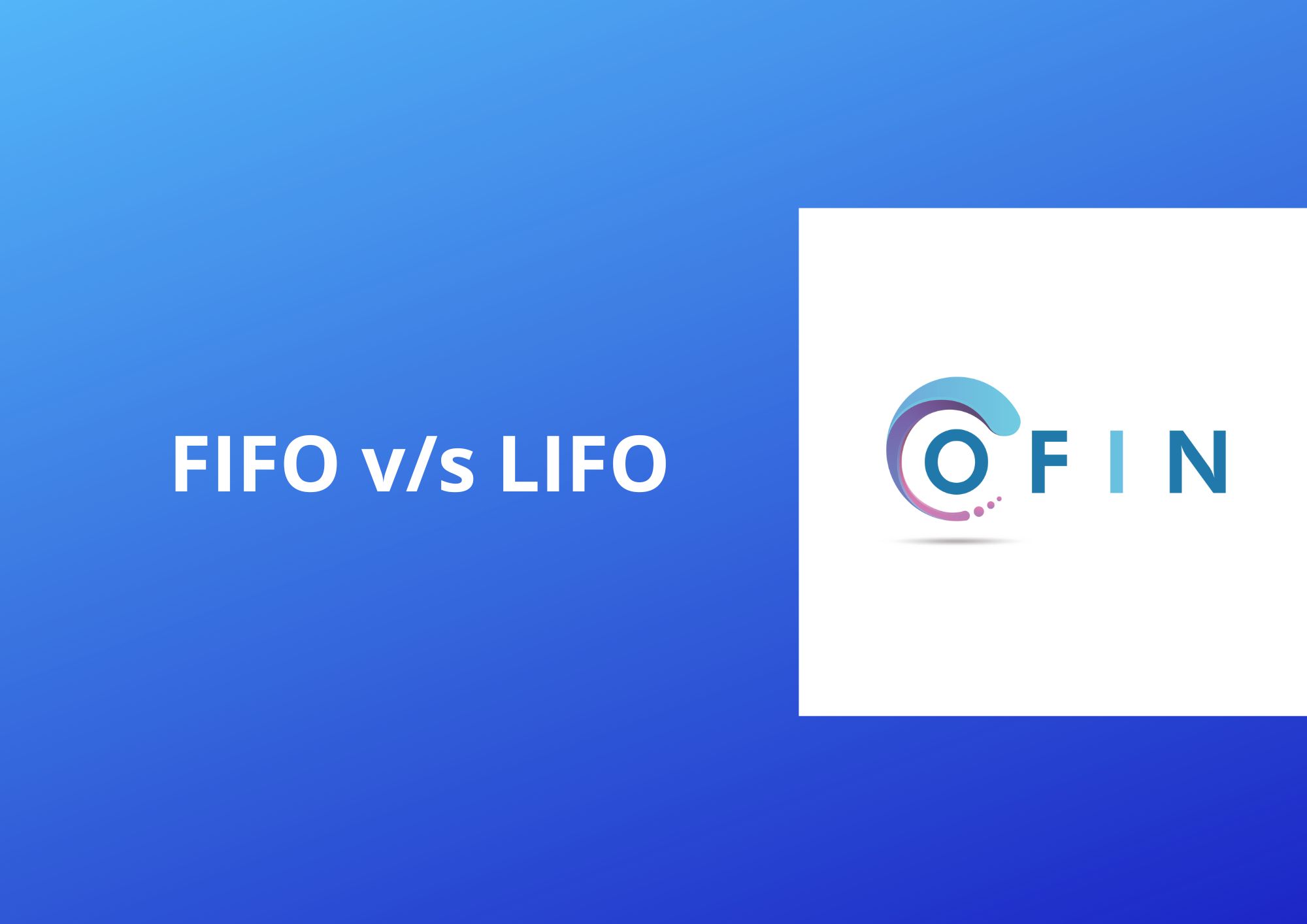A big part of accounting revolves around the wonderful world
of tax compliances and regulatory bodies that work in conjunction with the
accounting aspect of tabulating business performance and tracking the flow of
money throughout the company.
Stock valuation or stock accounting deals with valuation of
company’s inventory, which can vary due to not only not only how many products
are held in inventory but how much these products or materials cost.
The distinction in important due to the fact that over time,
cost of most raw materials increase because of inflation. This means that value
of inventory can change even though the company maintains fixed stock. This
fluctuating nature of inventory gave rise to two primary methods of valuation
of inventory or stock valuation: FIFO and LIFO
What if FIFO method of
valuation?
First in First out (FIFO) is the method of inventory
valuation which assumes that the first items you add in your inventory, whether
by purchase or by production, are also the first items that you sell when sell
is made. A good example to understand is to think of bread packets at a grocery
store. Breads expires in 4 to 5 days which means that the shop keeper has to
place the oldest breads in front to ensure that it doesn’t go bad. So the first
packets of bread they receive are the first packets that are sold.
What this means in terms of material cost increasing over
time, as mentioned above, is that items which are purchased at the lowest rate are sold first. This
means that value of the inventory on the date of end of financial year would be
latest or close to current cost as on the date of reporting.
FIFO is the standard inventory valuation method used in most
countries across the globe.
Last in First out (LIFO) is the opposite of First in First
out (FIFO) method of inventory valuation. With LIFO method of valuation of
inventory, you sell most recent item purchased first when a sale is made. Here
you can take the case of a Marble or Granite dealer. When they make sale the
marble slab on top will be taken off to sell to the customer and the older slab
would remain in inventory.
Following LIFO method of accounting can lead to increased
cost of goods sold which may lower the amount paid by way of taxes at the end of
the year. LIFO method of inventory valuation can result in more complex
inventory layers as the reported inventory pieces stays on your records for
years. The LIFO method of inventory valuation is also not permitted under
International Financial Reporting Standards (IFRS)
You may pick one depending on which sector of business you
are in. If you do your business in sectors like building products, hardware,
electrical supply etc LIFO is the recommended method of inventory valuation. On
the other hand if you have small business with perishable products like fruits,
vegetables, milk etc, FIFO is the best method of inventory valuation.
However in India, as per Accounting Standard 2 (AS 2) FIFO or
Weighted Average Cost method of inventory valuation should be used. The use of
appropriate method depends on the type of business and nature of products sold.
You can get in touch with us today with any questions about
accounting. We are always ready to get started on bringing your books up to
date so that your business can get most of its finances


 Thank You!
Thank You!